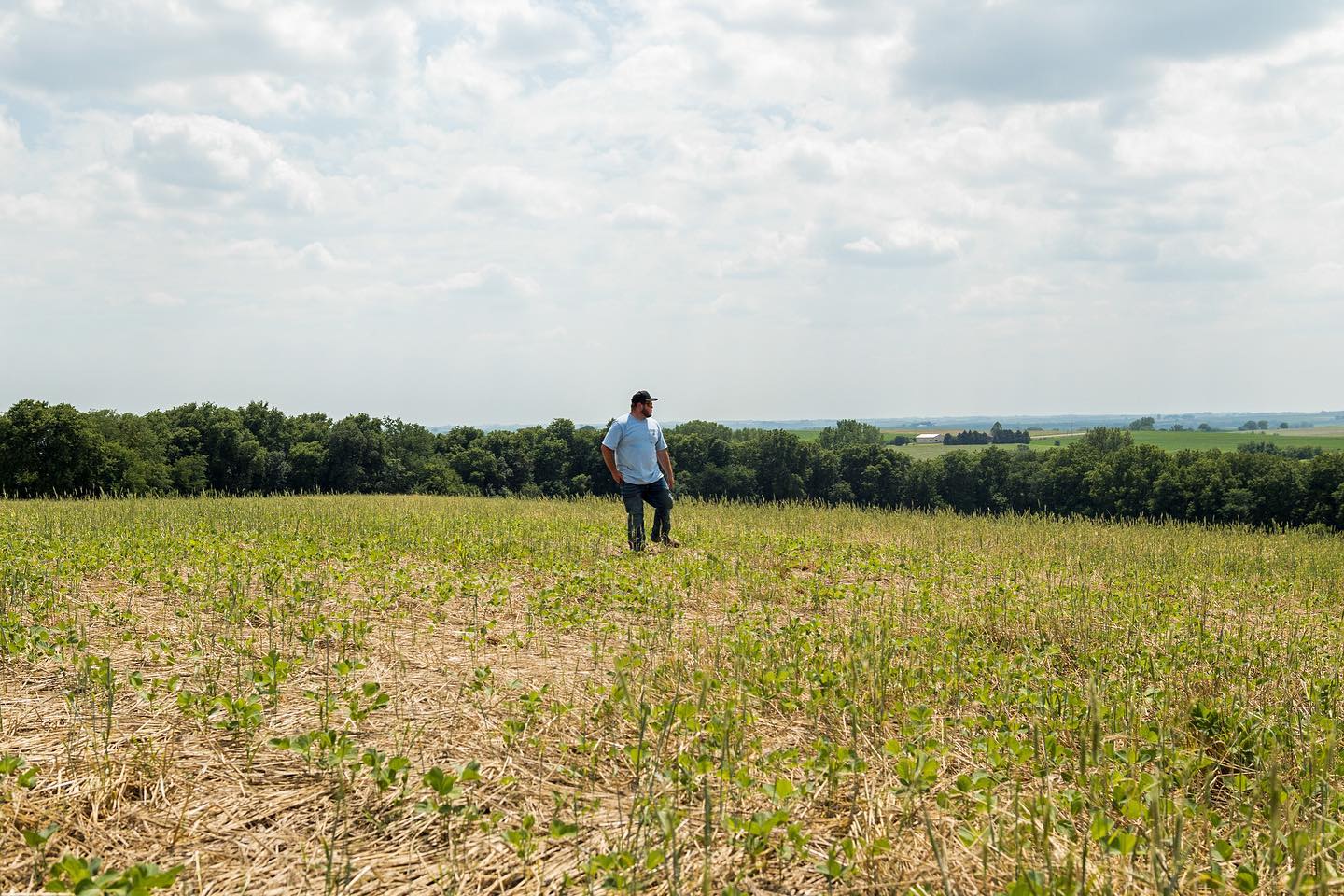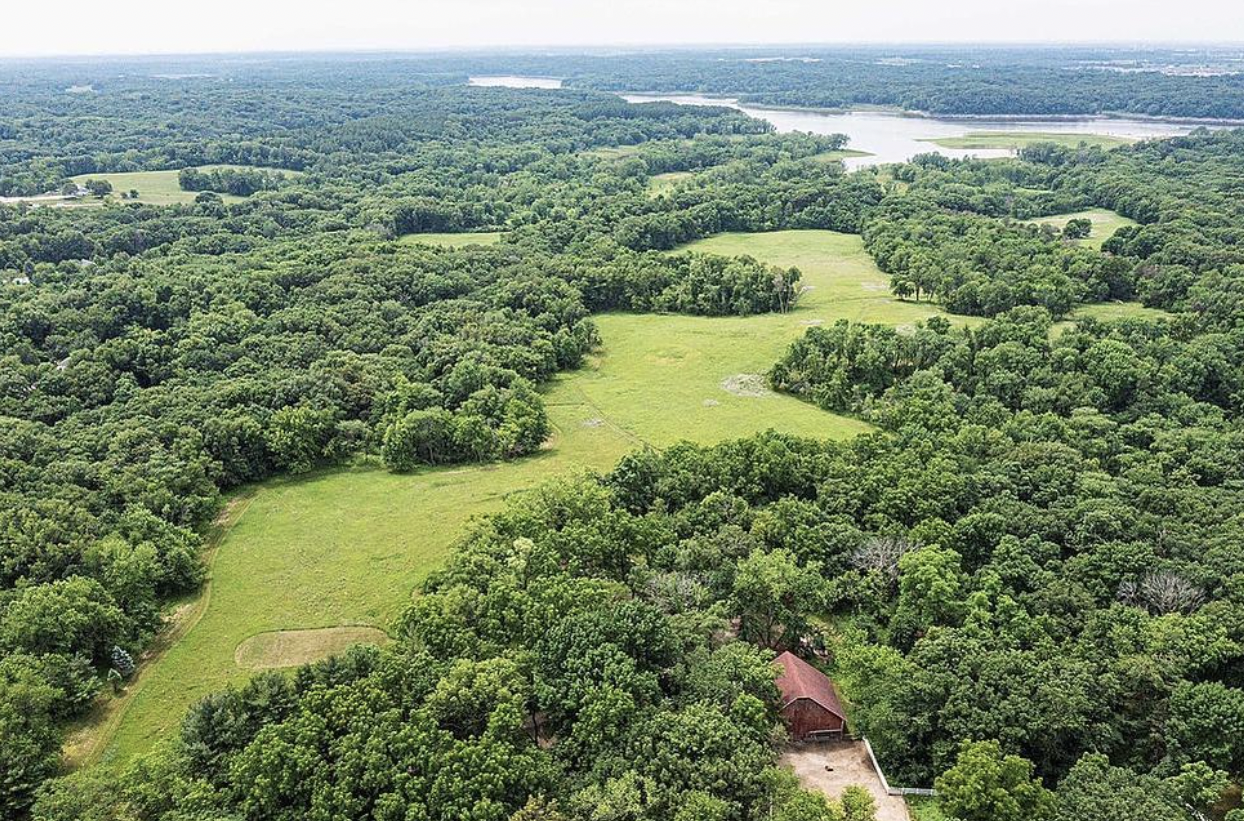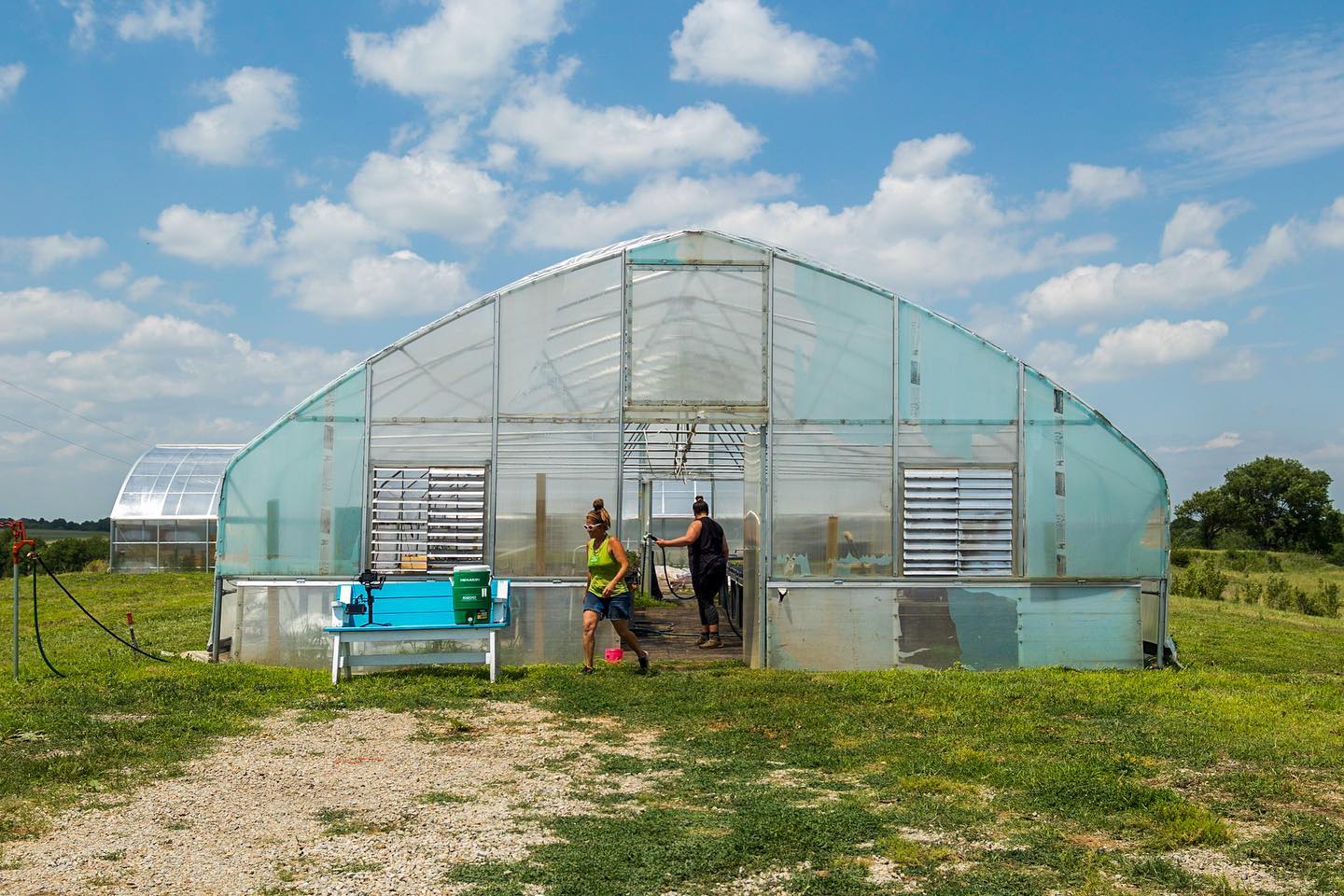The modern farming community has embraced regenerative agriculture to produce crops more sustainably, but Native Americans have been practicing it for 7,000 years or so.
In ancient times, Indigenous women were put in charge of “selecting seeds for their desirable traits” and “maintaining species purity” by planting different seeds far enough apart to prevent cross-pollination, according to a Blue Moon Acres website blog. These techniques helped turn corn into a thriving crop instead of just another weed.
Today, Native American agricultural practices are being recognized and embraced by the U.S. government and others to encourage more sustainable farming across the country.
In November 2022, U.S. Department of Agriculture (USDA) Secretary Tom Vilsack announced an update to the USDA Indigenous Food Sovereignty Initiative with the goal of “bringing Indigenous perspectives into agriculture, food, and nutrition.”
That initiative enabled Alaska’s Nenana Tribe to buy back 2,450 acres from the state and reclaim it as an Indigenous-led farm, GreenBiz reported. It also led to a partnership between fertilizer company Nutrien and Indigenous communities to “incorporate their knowledge into Nutrien’s business practices and supply chain.”
The focus on renewing Indigenous farming practices has already paid dividends for some Native American communities. The Iowa Tribe of Kansas and Nebraska has spent the last decade investing in regenerative agriculture – a move that has “reinvigorated the soil,” led to a boost in farming profits, and allowed the Tribe to buy back some of their tribal lands, according to GreenBiz.

Photo Courtesy Iowa Tribe of Kansas and Nebraska
The Iowa Tribe owns about 6,000 acres on a total reservation of about 12,000 acres, with some of the land split between non-tribal owners, GreenBiz noted. Although the tribe has long grown corn, wheat, vegetables, and other crops for commercial sale and tribal use, their land became eroded because of modern, conventional farming practices.
“I foresee in another 100 years, we won’t have enough topsoil in the United States to grow any food,” Tim Rhodd, chairman of the Iowa Tribe of Kansas and Nebraska, told GreenBiz. “The Tribe is leading the effort in not only bringing our old Native ways but marrying that with western science and regenerative agriculture practices that align with Mother Earth and Mother Nature.”
Regenerative agriculture has allowed the Tribe to expand its crops to barley, rye, soy, and sorghum. The Tribe is also planting cover crops and pollinator plots and integrating livestock rotations to help increase biodiversity and balance the soil’s nitrogen levels.
To help make regenerative agriculture a permanent part of its long-term plan, the Iowa Tribe of Kansas and Nebraska is developing a new regenerative agriculture educational institution designed to help Native producers retain more economic benefits from their sustainable operations, Tribal Business News reported.

Photo Courtesy iowatribeofksne
The Tribe’s Center for Excellence for Regenerative Native Agriculture (CERNA), announced in December 2022, will offer “intensive two-week courses” to students, according to Tribal Business News. The emphasis will be on regenerative agriculture techniques such as adaptive grazing and supply chain management.
CERNA was launched after the Iowa Tribe received support from the USDA Partnerships for Climate Smart Commodities Program, which “forges relationships between the department and partner organizations in support of environmentally sound, sustainably sourced products,” Tribal Business News reported.
The Tribe is also partnering with soil testing technology company Terramera to track how regenerative agriculture practices affect the soil.
As part of the USDA grant, Terramera will supply the Iowa Tribe with a soil testing machine that measures nitrogen, nitrate runoff, and carbon levels, GreenBiz noted.

Photo Courtesy Terramera
Terramera CEO Karn Manhas is already impressed with the results of the Iowa Tribe’s foray into regenerative agriculture.
“In a short 4.5 years, they literally grew soil, like inches and inches and inches of beautiful deep black soil,” he told GreenBiz. “They are literally taking carbon out of the atmosphere and putting it back into the soil where it actually is an economic resource.”





